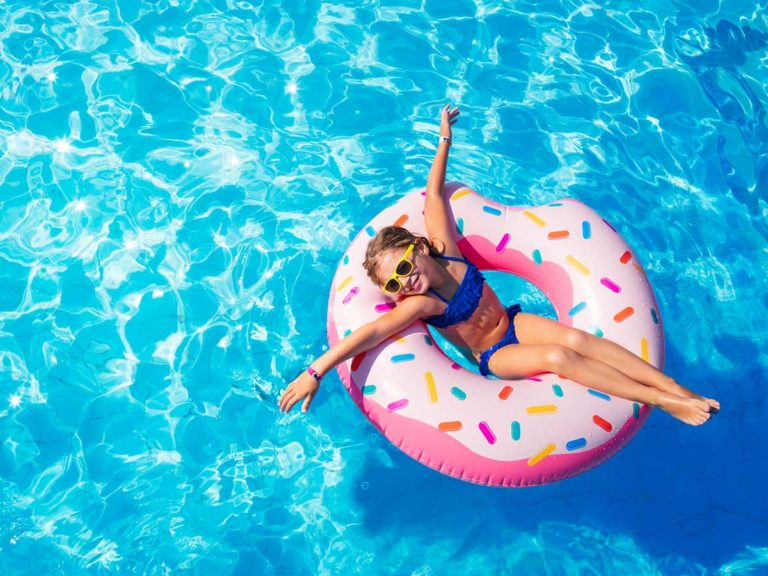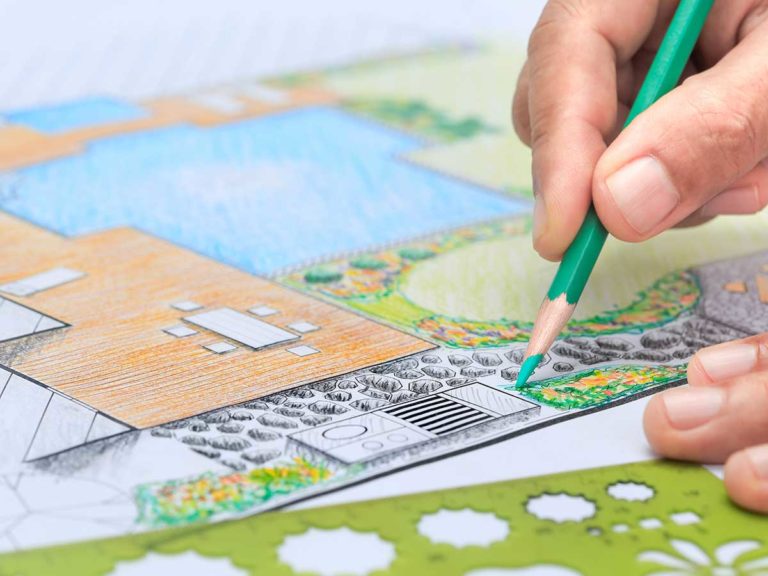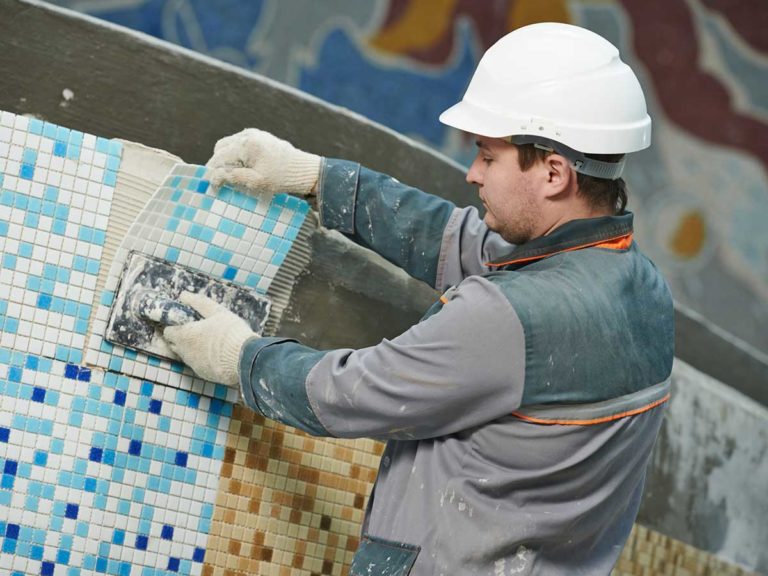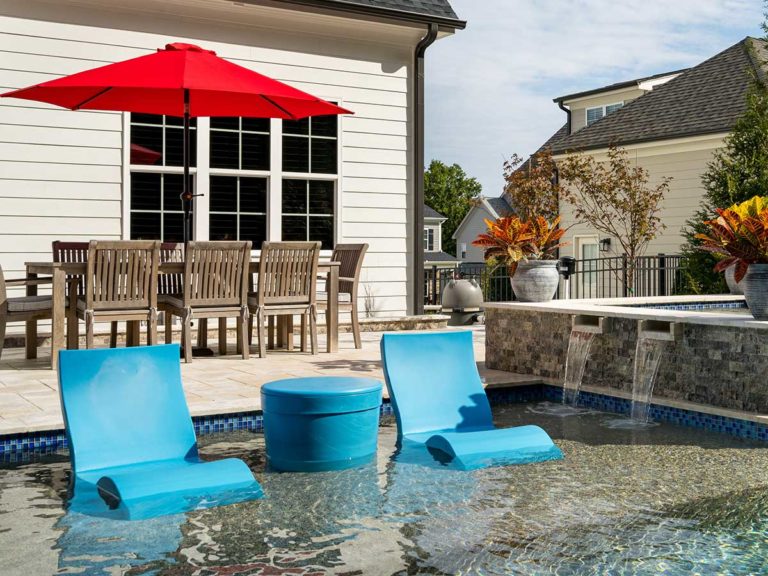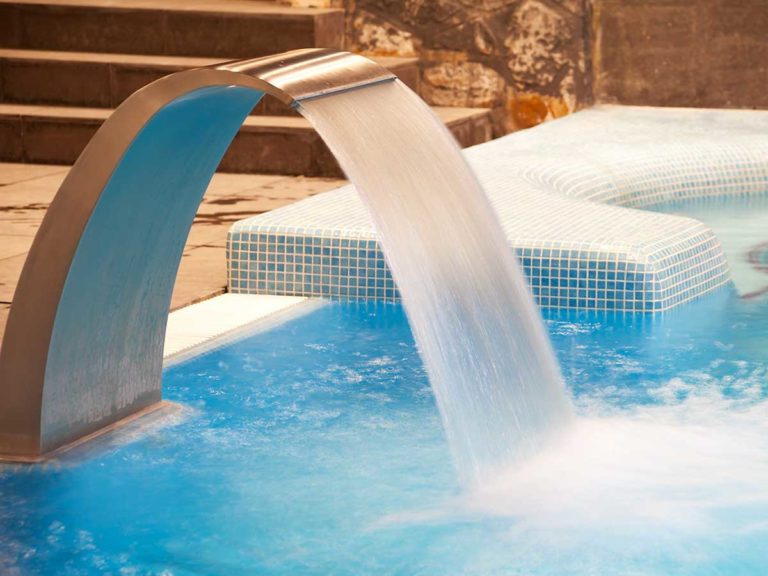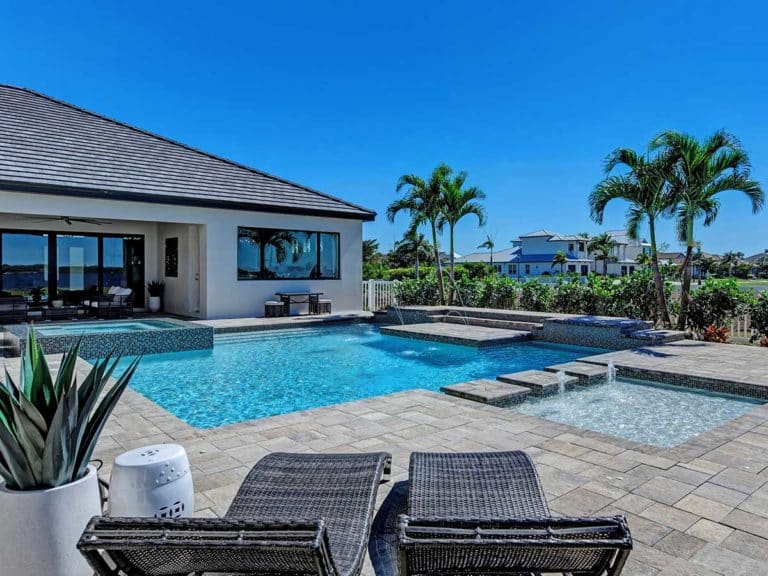5 Critical Tips for Avoiding Pool Pump Damage
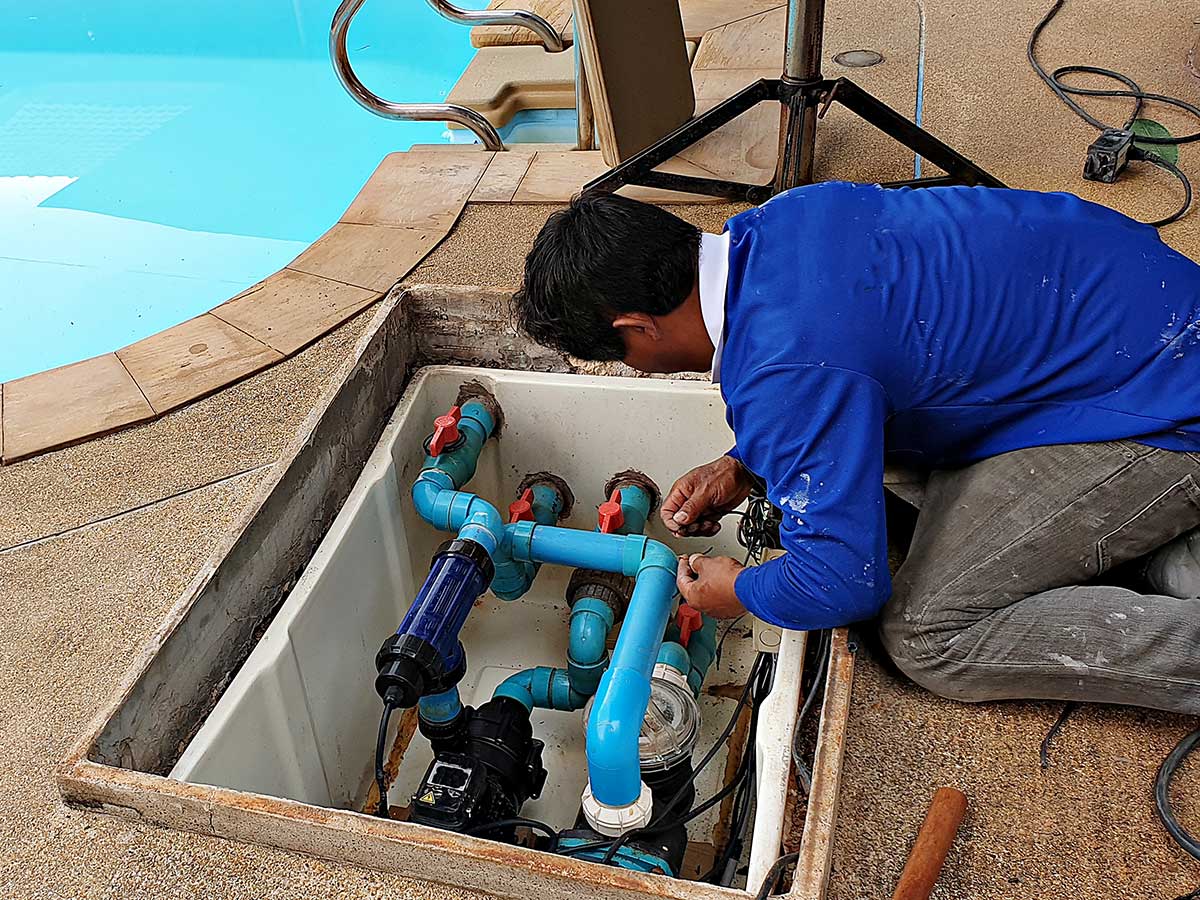
The pool pump is the heart of your pool’s operation, and when it fails, everything comes to a halt. To ensure you can enjoy your pool and avoid water problems, it’s important to take good care of your pump. Luckily, properly positioning your pump and keeping up with some basic maintenance can help you avoid many of the most common pool pump problems. Start with these five tips.
1. Check Your Pump’s Position
If your pool pump is below water level, it may fall victim to flooding, which can cause permanent motor damage or create a short circuit in the electrical system. To avoid this problem, raise the pump off the ground or dig a small trench around it and fill it with gravel. This will improve drainage and limit plant growth.
It’s also important that the pump isn’t placed too high. Otherwise, it can run dry and overheat. If this happens, you may be able to fix the problem by installing check valves in the plumbing leading up to the pump. These work by preventing water from draining out of the pump and back into the pipes.
2. Monitor Your Pool’s Water Level
For the pool pump to work properly, the pool’s water line should always be at mid-skimmer level. When the water level gets too low, the pump can dry and overheat. The resulting high temperatures can warp essential components and may melt the pump basket, break the seal shaft, and/or shrink the PVC threads. You can prevent this from happening by regularly checking the pool’s water levels and adding water before the line falls too low.
3. Keep the Pump Area Clear
Falling leaves, branches, and other debris can restrict airflow into the pool pump, which can clog the pump and/or cause it to overheat. Plant materials can also trap moisture inside the pool pump, which can lead to corrosion.
To prevent this problem, maintain a two-to-three-foot clearing around and above your pool pump. Once a week, check your pump area and remove any debris that has fallen on or around it.
4. Watch for Air Leaks
Normal wear and tear often leads to air leaks developing around the pump lid seal, filter bands, valves, and pump drain plugs. If the leak occurs before the pool pump, it can cause air to get trapped inside. This makes the pump work harder than it should and increases the chances of overheating.
When performing your pool maintenance, inspect the pump for leaks and fix any problems right away. In some cases, you may need to replace a faulty part, or you may be able to stop the leak with a silicone-based sealant.
5. Keep Pests at Bay
It’s fairly common for insects to get inside pool equipment and damage the electronics or the wiring. In some cases, they can cause enough damage to completely short-circuit your pool pump. You can keep this from happening by sealing up any access points that would allow pests to get into your breaker box or any pool equipment that contains electronics.
Let Us Make Your Pool Dreams a Reality
If you’re thinking about installing a new custom inground pool or upgrading your current pool, now is the perfect time to get started. Contact us today to discuss your dream pool design and learn how we can turn your vision into a reality!

